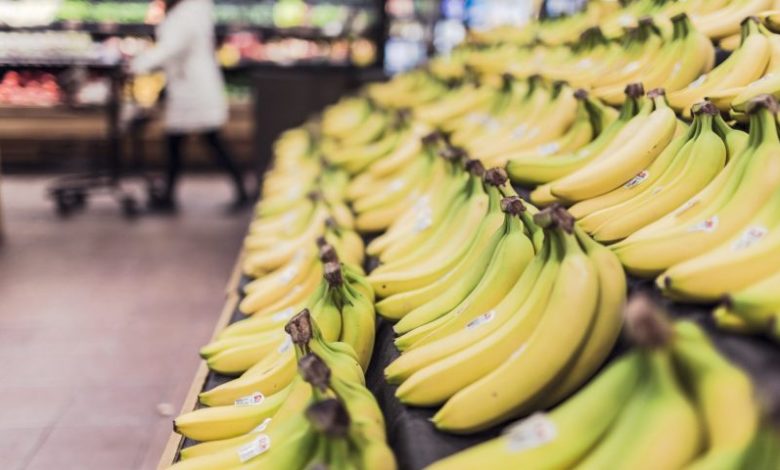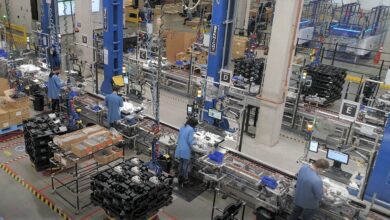Analysis
How food retailers can capitalise on AI’s potential

The grocery sector is preparing for a period of unprecedented disruption as food retailers battle to discover new sources of value for consumers. Focusing on the fundamental aims of improving customer service, loyalty and integration of digital and real-life experience, retailers are seeking out ways to better understand shoppers’ buying habits and adapt their operating models to cater for customer needs.
You'll need to
subscribe to unlock this content. Already subscribed? Login?





